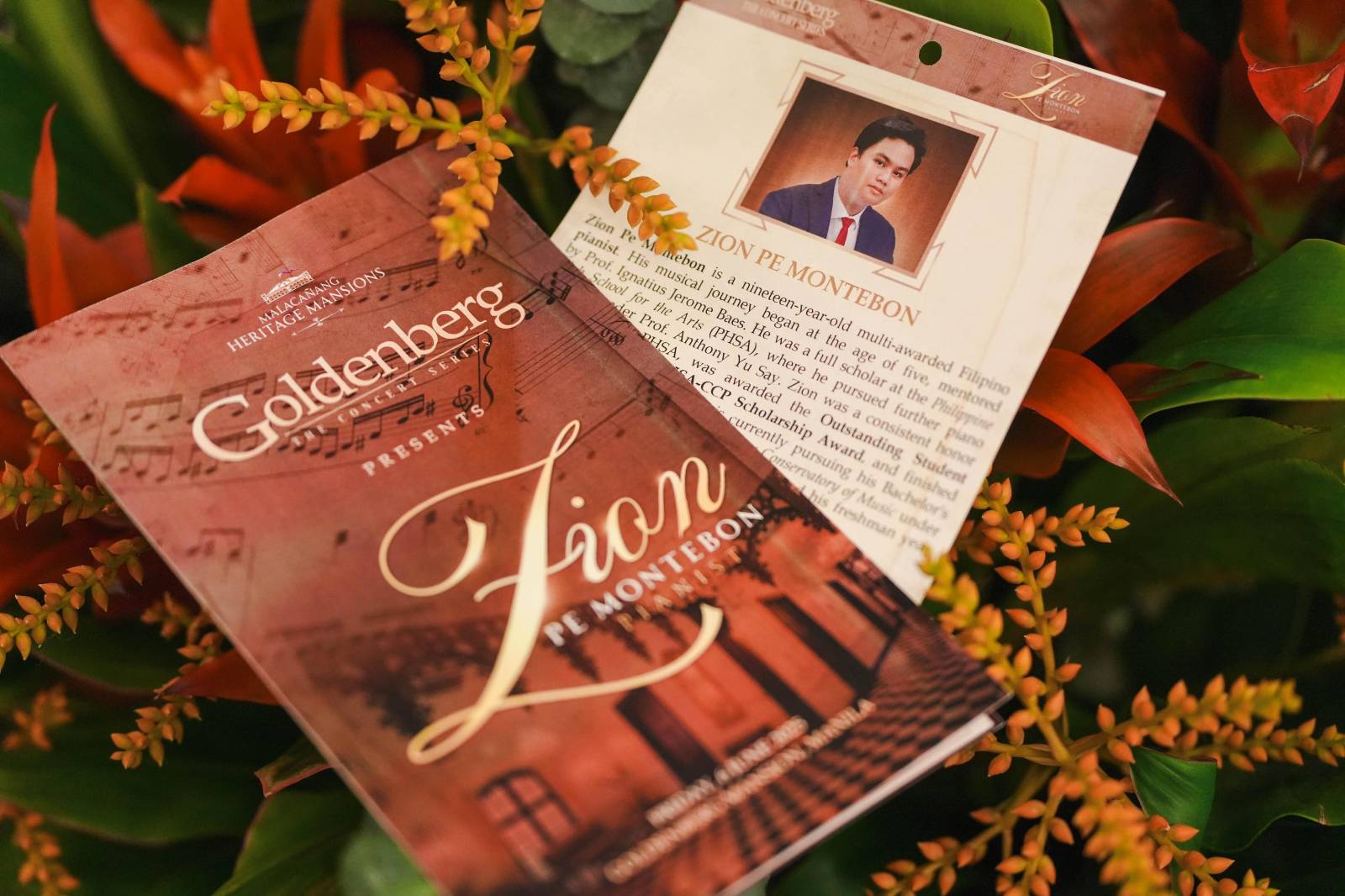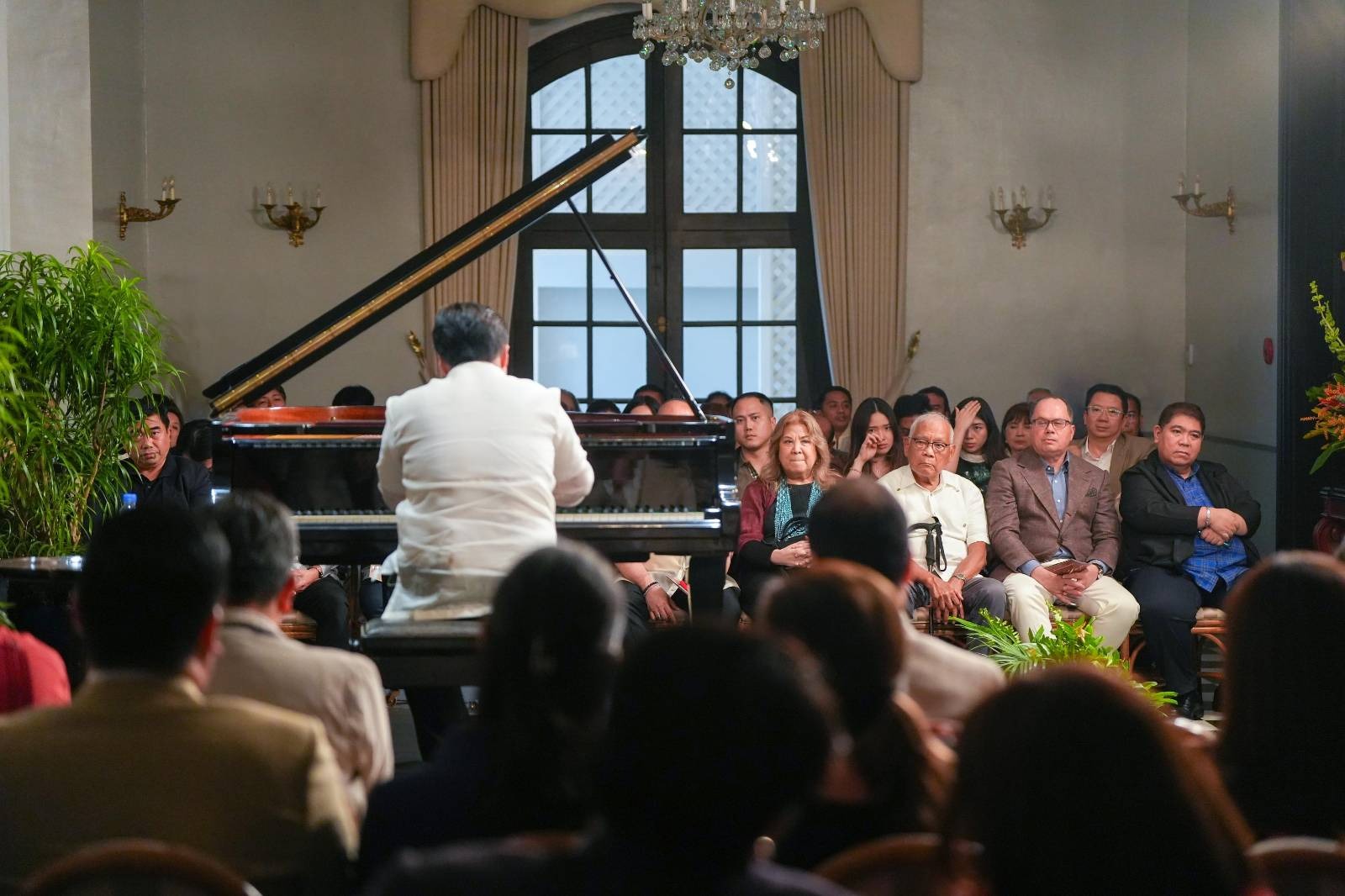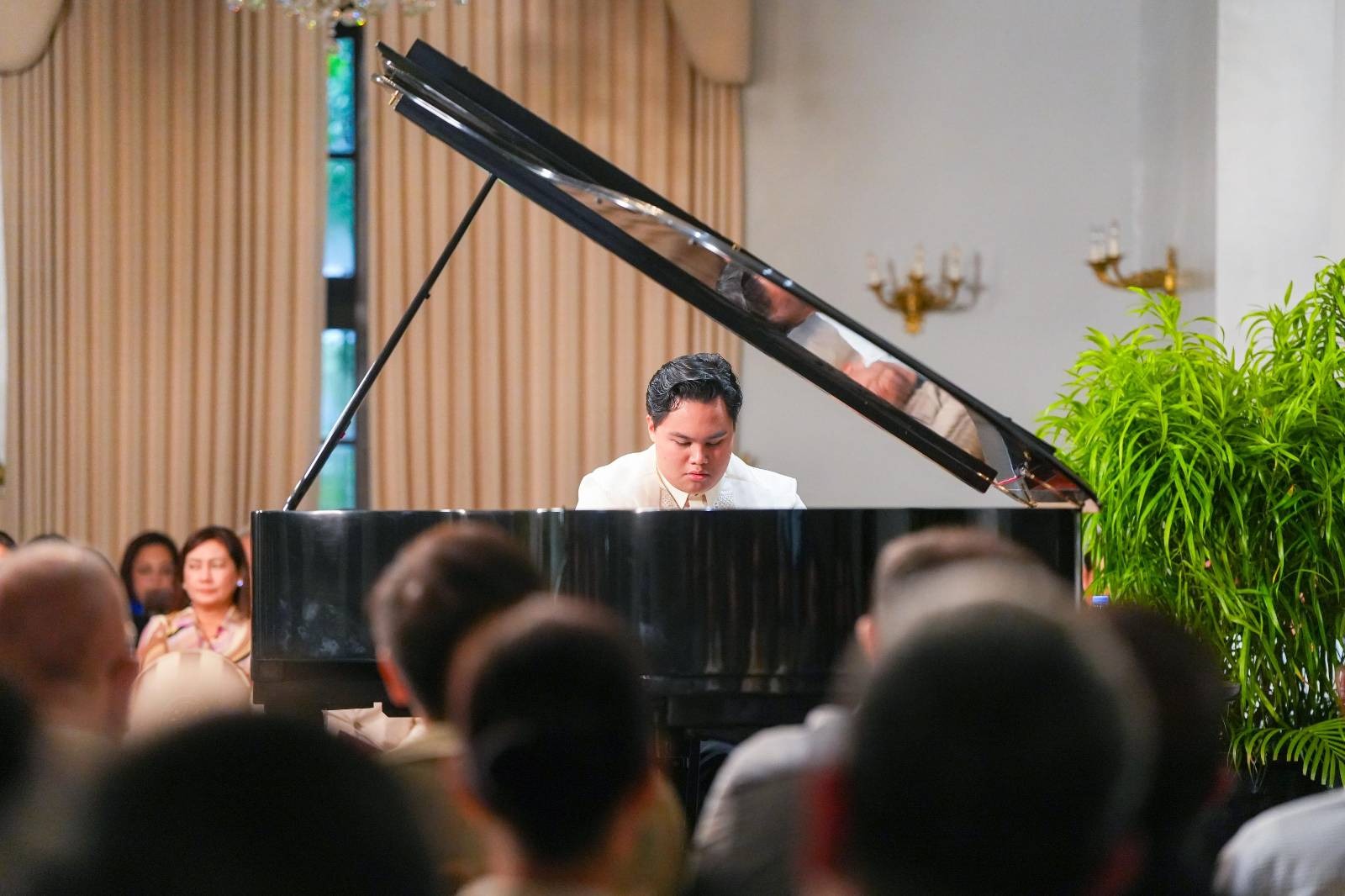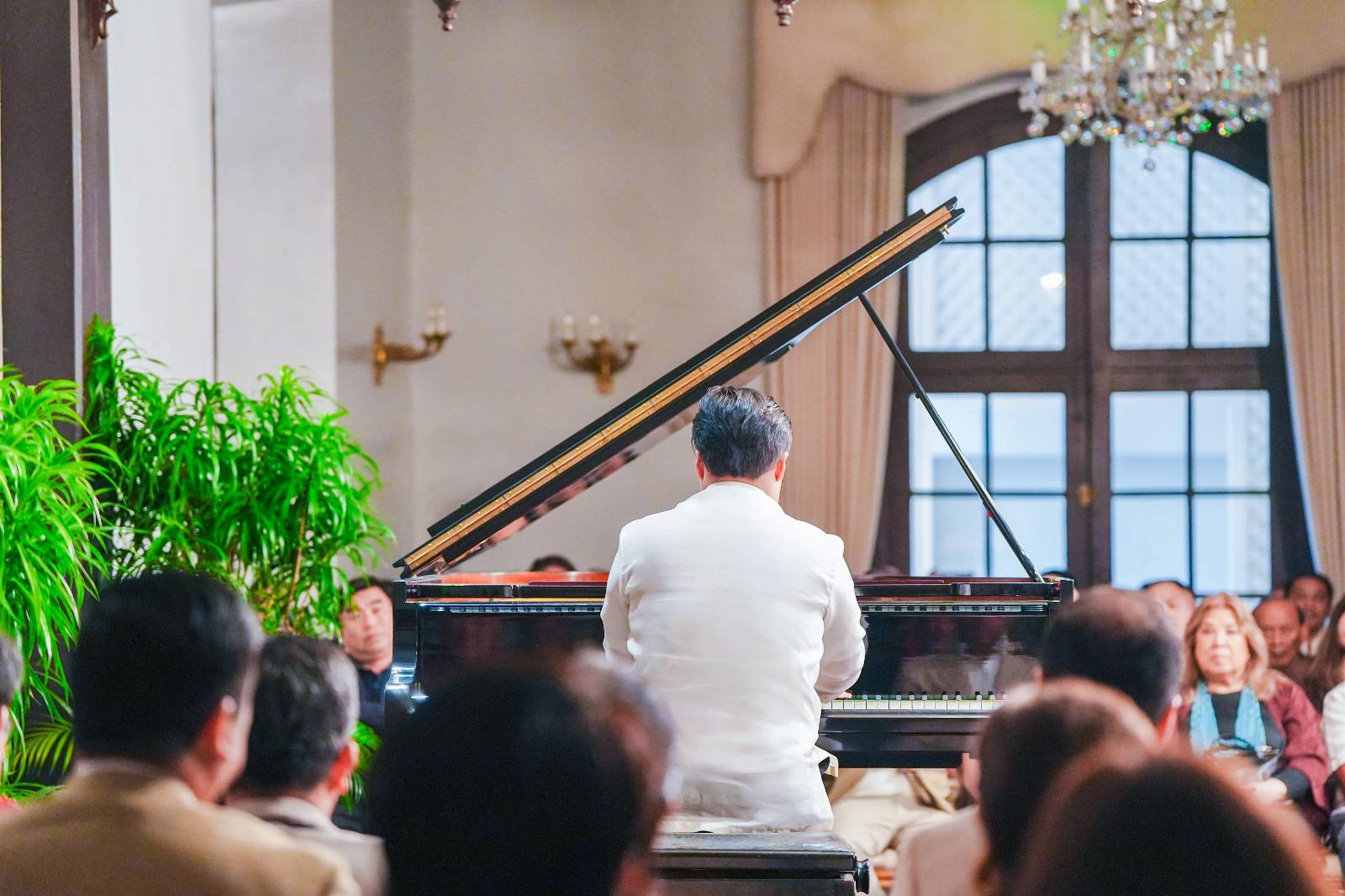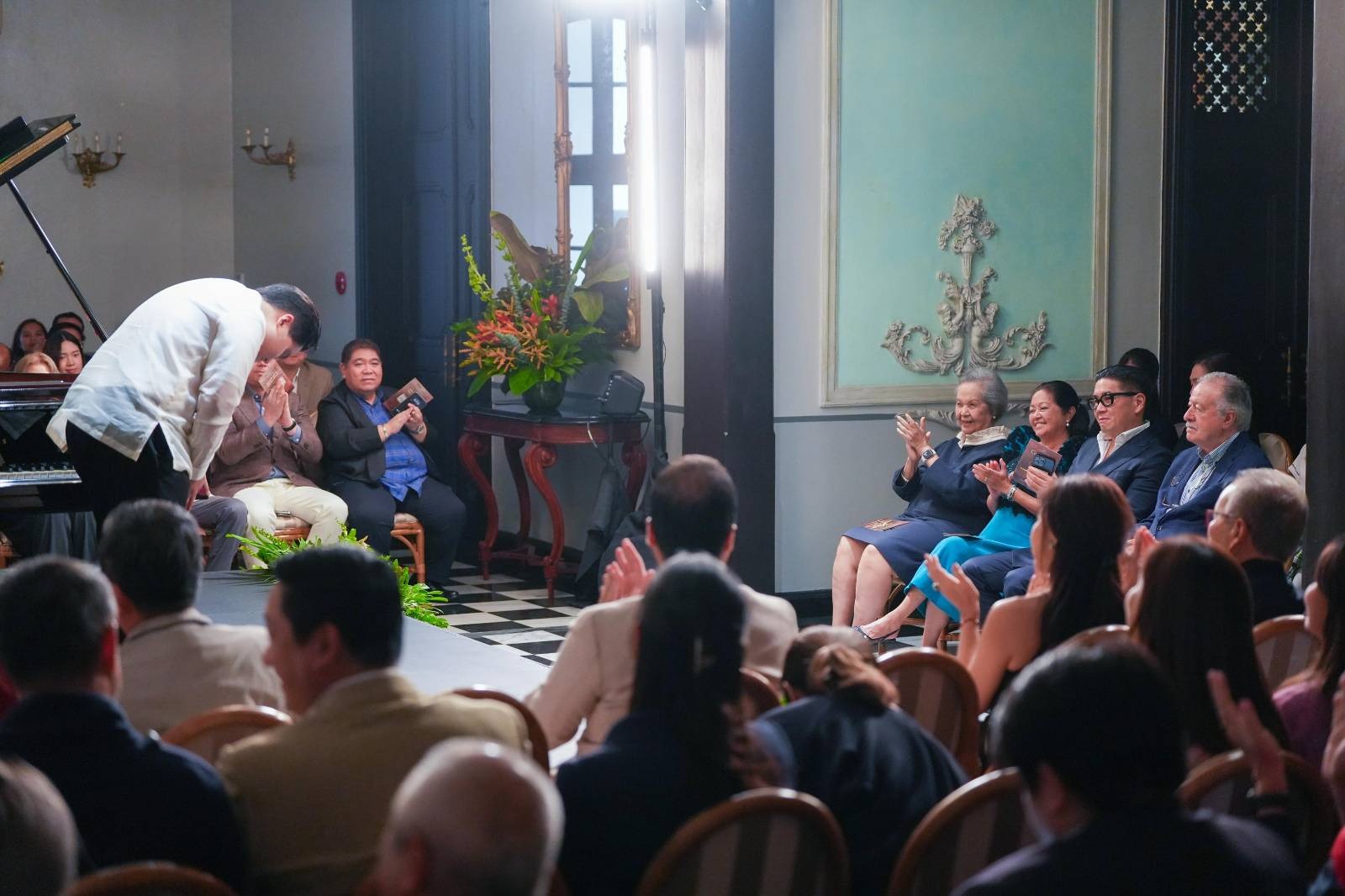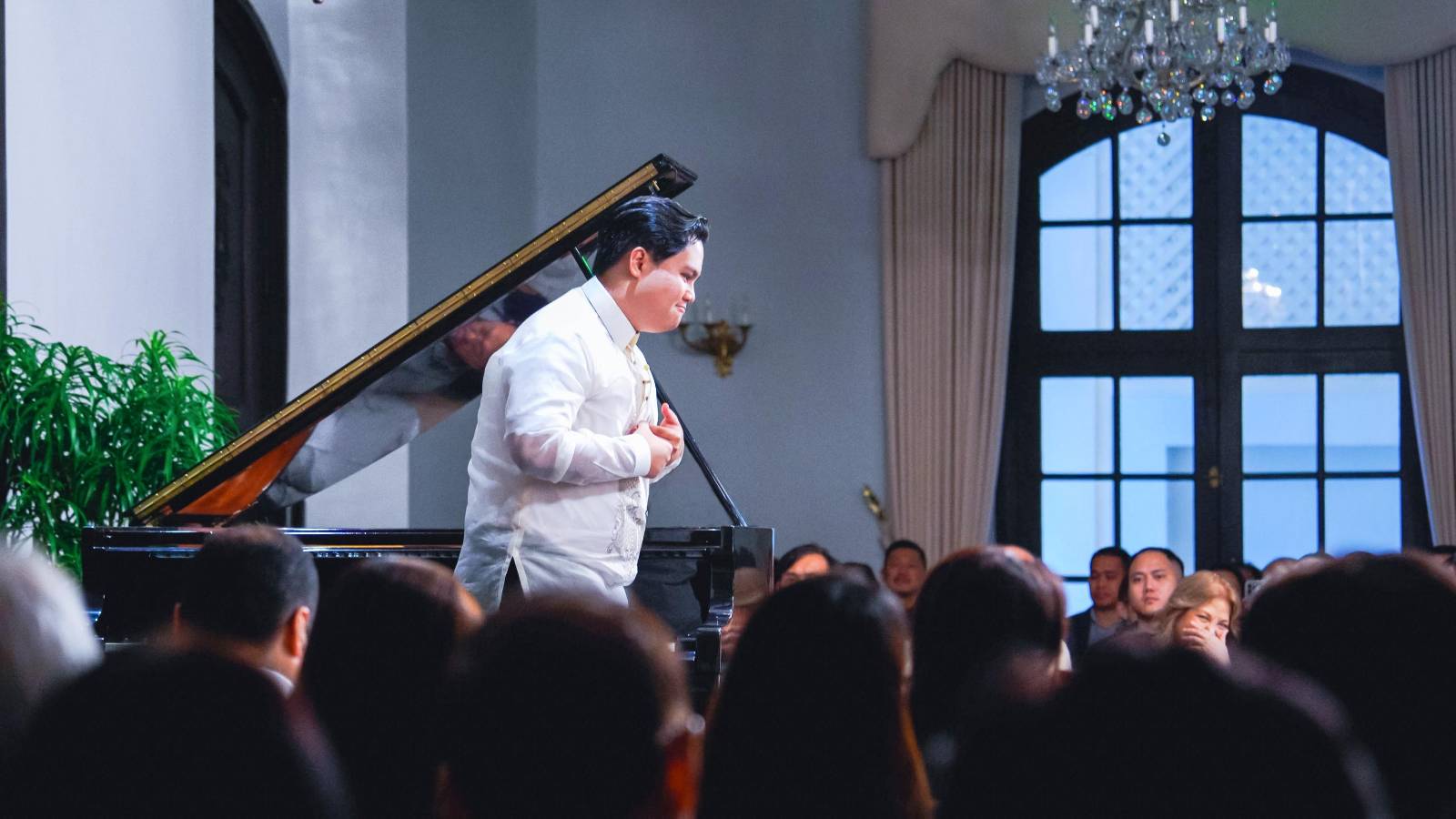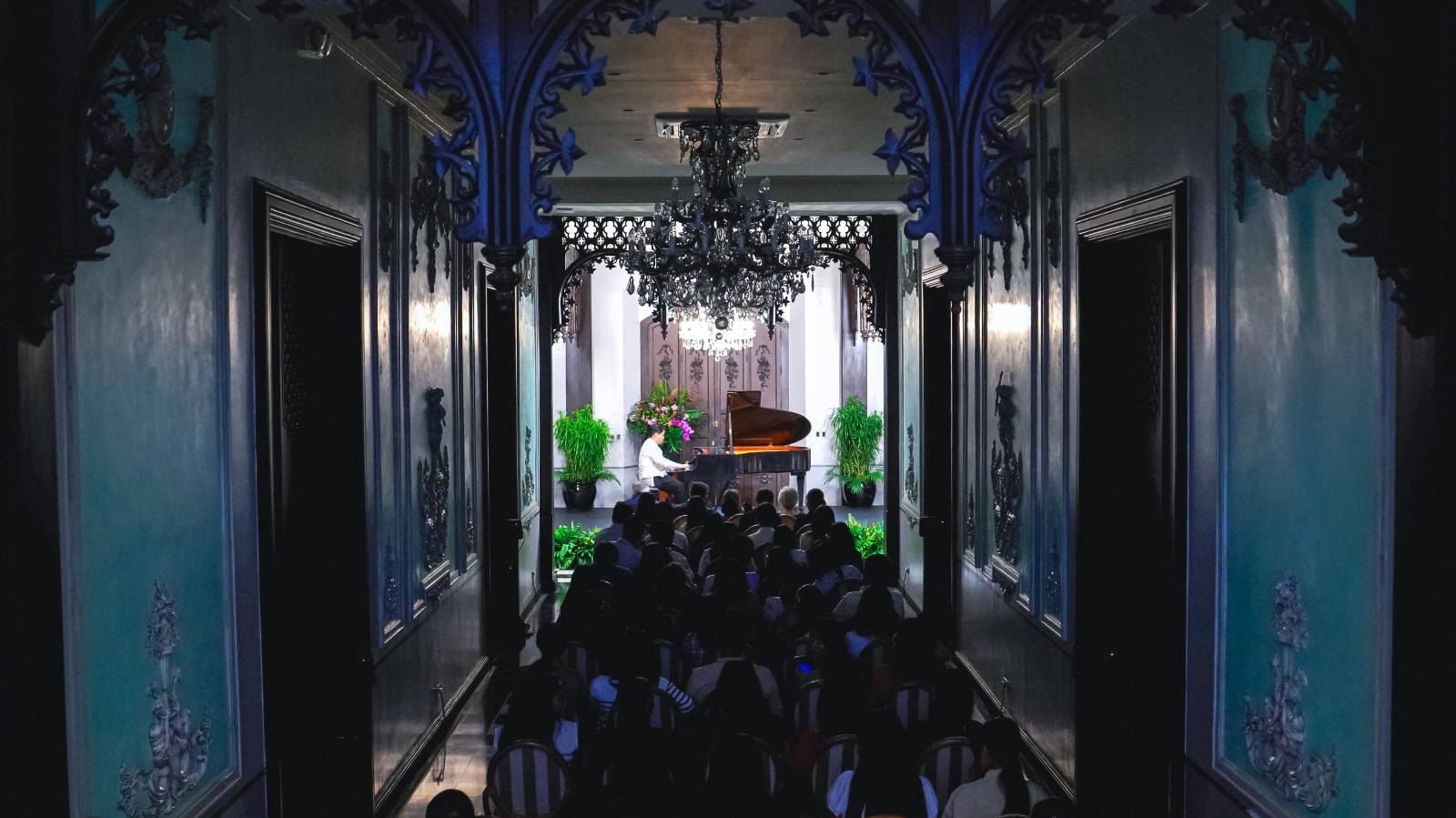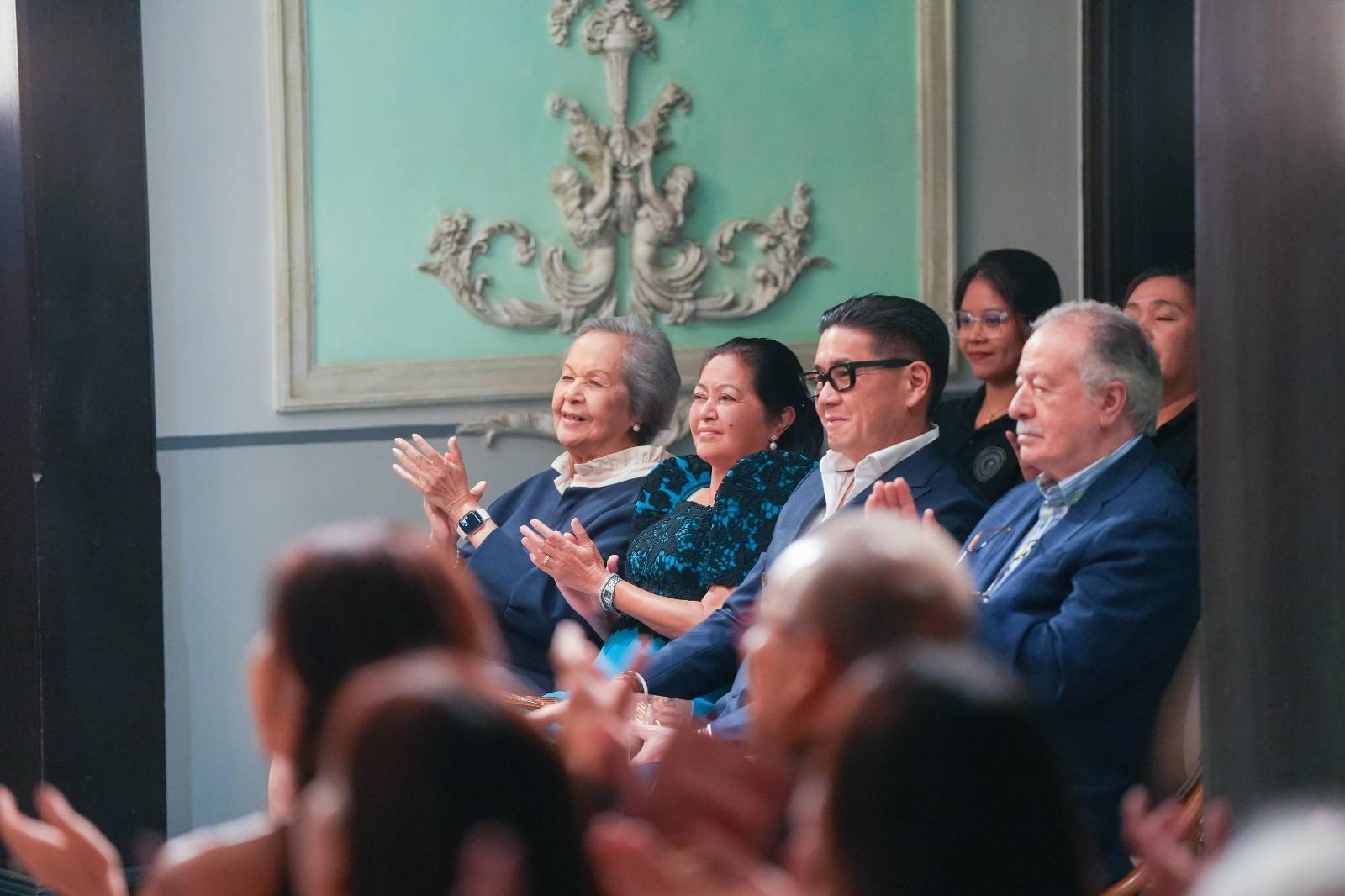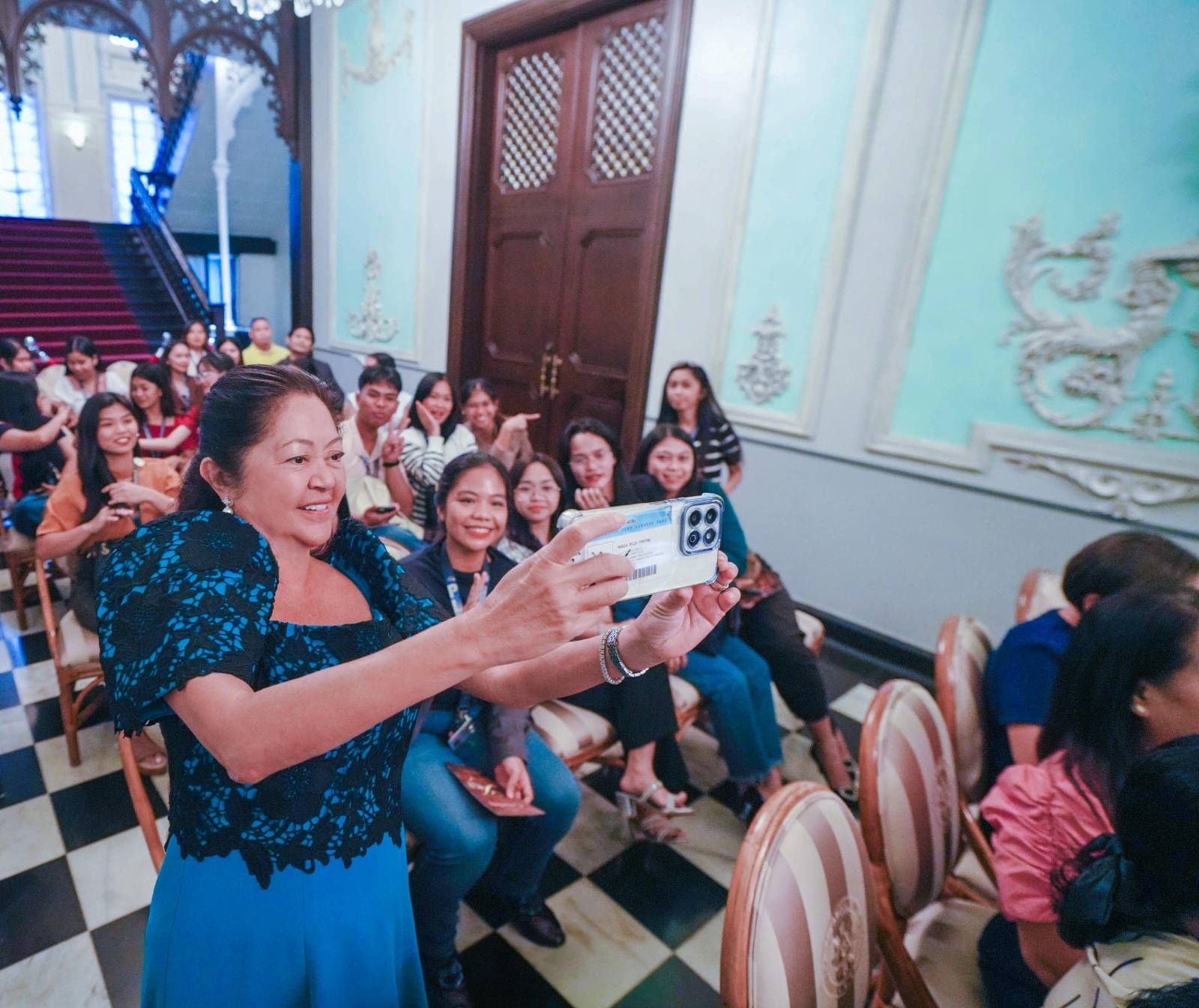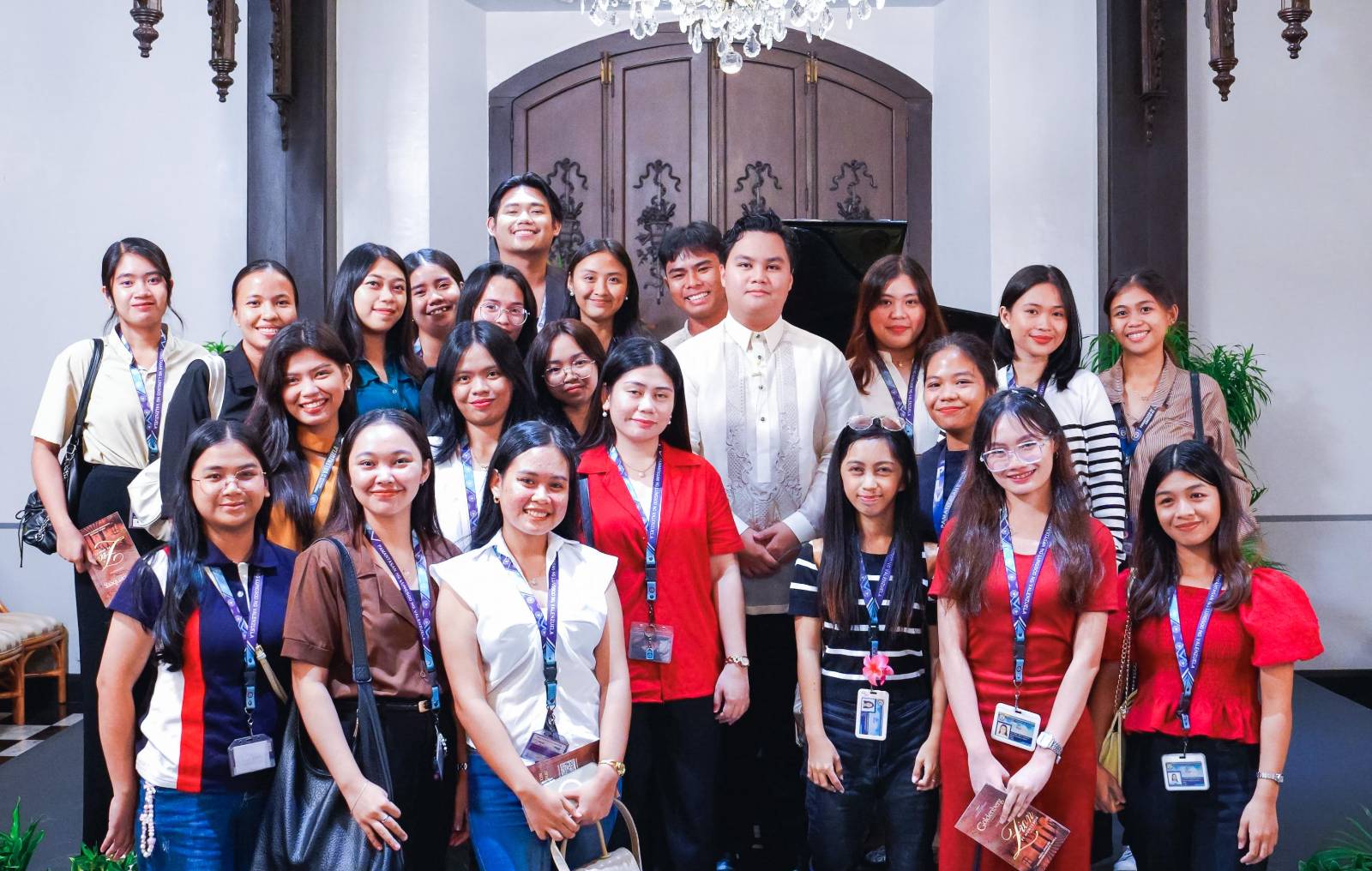Date & Time
:
6 June 2025 | 5PM
Featured Artists
:
Mr. Zion Pe Montebon
Guests 5PM
:
Pamantasan ng Lungsod ng Valenzuela, Antonio A. Maceda Integrated High School
PIANO SONATA OP. 57, NO. 23 IN F MINOR “APPASSIONATA”
I. Allegro assai
II. Andante con moto
III. Allegro ma non troppo
by Ludwig van Beethoven
Ludwig van Beethoven was a German composer of the Classical period. Having written thirty-two piano sonatas, his 23rd, nicknamed “Appassionata,” was completed in 1804 during a period when the composer’s hearing began to worsen. Comprised of three movements, it is a work of extreme contrasts with moments of peace and stormy rage. Regarded as one of Beethoven’s most popular and technically demanding sonatas, it remains a favorite for performers and audiences alike.
OUT OF DOORS, SZ. 81
I. The Night’s Music
II. The Chase
by Béla Bartók
Béla Bartók was regarded as one of the most relevant composers of Hungary in the 20th century. One of his compositions that pushed the piano’s limits was the “Out of Doors Suite,” which was composed in 1926 and dedicated to his second wife, Ditta. It includes five movements, but the last two are the most often played in performances. “The Night’s Music” mimics the uncontrolled sounds of nature in the evening, even going through chorale and folk dance-like sections. The finale, called “The Chase,” is often regarded as the most challenging of the movements due to its relentlessness and irregular rhythms.
HUNGARIAN RHAPSODY NO. 6 IN D-FLAT MAJOR
by Franz Liszt
Franz Liszt was a Hungarian composer and prominent pianist of the Romantic era. Considered the first rockstar of music, he wrote nineteen Hungarian Rhapsodies to preserve the melodies he heard being played by gypsy performers, a testament to his deep connection to his heritage. Amongst the toughest was “Hungarian Rhapsody No. 6,” which was composed in 1847 and considered a majestic showpiece. This work highlights Liszt’s profound artistry, pianistic brilliance, and his flair for dramatic and sensational showmanship. As with many of his rhapsodies, it blends the classical and the folkloric, in a way that captivates the audience and challenges performers to this day.
ALIWAN
by Lucio San Pedro
Lucio San Pedro was a revered Filipino composer and National Artist for Music. Known for blending Western techniques with Filipino folk music, his “Aliwan” (Amusement) was the contest piece of the 1974 National Music Competitions for Young Artists (NAMCYA). This music transports listeners to the heart of a lively celebration, echoing the sights and sounds of parades, street performers, communal revelry, and capturing the spirit of the Filipino fiesta.
OKAKA: THEME AND VARIATIONS
ON A PHILIPPINE FOLK SONG
by Rodolfo Cornejo
Rodolfo Cornejo, one of the Philippines’ pioneering and prolific composers of the twentieth century, was known for his expressive harmonies and style, blending Western classical traditions with indigenous and folk elements from the Philippines. One of his works for solo piano was “Okaka: Theme and Variations on a Philippine Folk Song.” The first piece of the “Philippine Suite,” it starts with a simple theme then followed by four variations; each one transforms the theme through changes in texture, rhythm, and mood. The piece is a testament to Cornejo’s role in shaping modern Filipino music: rooted in heritage, yet forward-looking in its artistry.
